Kids get arthritis too! Arthritis or joint inflammation is surprisingly common in children.
The US Centre for Disease Control (CDC) published in 2015 that 1 in 250 children have some form of joint pain and may be related to either an autoimmune condition or infection.
If the pain is due to an underlying infection, treating the child would usually result in complete resolution of the arthritis. However, some of these children may have an autoimmune cause for their arthritis. These children would have seen many doctors complaining of their joint pain and the pain appears not to go away with standard painkillers. At times, the pain can be so severe that they could not do the normal activities in school or worse, they will skip school completely as they are unable to get up from bed and walk.
When the joint pain lasts more than 6 weeks, the child may have a condition called childhood arthritis or its medical term Juvenile Idiopathic Arthritis (JIA), and it affects children and teenagers till the age of 16. This is a chronic condition and is due to the immune system attacking the joint capsule or synovium, leading to overt inflammation. This inflammation will lead to pain, swelling and increased warmth on the skin surface. The pain is usually associated with early morning stiffness, i.e. the child will have difficulty straightening or bending the affected joint in the mornings. These children will move around with bent knees or elbows and sometimes, they can be seen walking with a limp. The exact cause of this condition is still unknown.
Unfortunately, due to lack of awareness, many of these children get referred many months later to a paediatric rheumatologist. JIA is an aggressive condition and if not managed early, can lead to long term damage to the structures within and surrounding the joint. As these children are growing, this disease can affect their growth plate leading to shortening of their limbs. Worse still is when the bones are completely damaged, they will not be able to bend their joints. It is very important to get these children treated as soon as possible to prevent long term damage to all these vital structures in their body.
There are seven sub-types of JIA namely oligoarthritis, rheumatoid-factor-positive polyarthritis, rheumatoid-factornegative polyarthritis, systemic arthritis, juvenile psoriatic arthritis, systemic arthritis, enthesitis-related arthritis and undifferentiated arthritis. Oligoarthritis occurs when four joints or less are affected and it usually affects children below the age of 5. This condition mainly targets larger joints like the knees, ankles and elbows. Patients with this subtype are prone to suffer eye inflammation called uveitis and will need to have regular follow-up with the eye specialist.
For rheumatoid-factor-positive polyarthritis and rheumatoid-factor-negative polyarthritis, both affect children with more than four joints inflamed. The difference is only whether there is presence of an autoantibody called rheumatoid factor. If this auto-antibody is present, the child would have a worse outcome as the disease is more aggressive and will probably need newer drugs to control their arthritis. These two subtypes usually affect children above 5 years old. Girls are more likely to have polyarthritis than boys.
Systemic arthritis usually affects children below 5 and is a severe form of arthritis, as these children usually present with high grade fever and rash, which cannot be explained or have no source of infection. This subtype is due to uncontrolled inflammation within the body and can lead to swelling of the heart, lungs, liver and spleen. It can cause a severe drop in the white blood cells, red blood cells and platelets leading to a medical emergency called Macrophage Activation Syndrome. This condition can lead to death, if not identified early, and as such, should be managed urgently by a paediatric rheumatologist
Enthesitis-related arthritis is a form of arthritis that affects not only joints but also the enthesis, which is the part where the ligaments or tendons attach to the bones. This subtype usually affects school-going children and can lead to severe back pain due to inflammation of the sacroiliac joint. This is a joint that forms between the tail bone and the hip bone. Children with inflammatory bowel disease, which is an autoimmune disease causing inflammation in the intestines, are at greater risk of developing this subtype of arthritis.
Juvenile psoriatic arthritis affects 20% of children who have psoriasis (an autoimmune skin disease where the skin flakes excessively due to rapid skin cell turnover) or have parents or siblings who have psoriasis themselves. It usually affects children above the age of 5 and the fingers or toes are usually affected leading to sausage-shaped fingers called dactylitis.
Treatment for JIA aims to control the disease as early as possible to prevent further damage to the child’s joints. It can start with targeted injections into the joints with potent anti-inflammatory medications, such as triamcinolone, if there are only a few joints involved, to combination treatment with disease-modifying anti-rheumatic drugs (DMARDs) for those with more severe forms of the disease. Most recently, there are more targeted therapies against certain inflammatory molecules in the body, called biologics, which adds to the arsenal of treatment against JIA. With all these medications, the cure rate for JIA is good, especially if treated early, and more than 80% of children with JIA can lead normal, active lifestyles similar to other children.
Main Take-Away Points
- Children and teenagers can have arthritis too and is not limited to adults.
- If a child has joint pain for more than 6 weeks, the child will need to seek medical help from a paediatric rheumatologist as soon as possible as it may be JIA.
- JIA is a chronic, autoimmune disease that can lead to life-long disability, if not adequately treated.
- JIA has no exact known cause.
- There are many subtypes of JIA and each subtype has different levels of severity.
- Children with unexplained fever for weeks without a known source may have a severe form of JIA.
- Children with psoriasis can also have arthritis.
- Early treatment is very important to prevent damage to the joint and growth plate.
- Current treatment regimens have a good success rate and most children can lead normal and active lives.
- Parents and the paediatric rheumatologist play an essential role to help children with JIA cope with a chronic disease, which requires long term care and treatment.
An educational contribution by Malaysian Paediatric Association

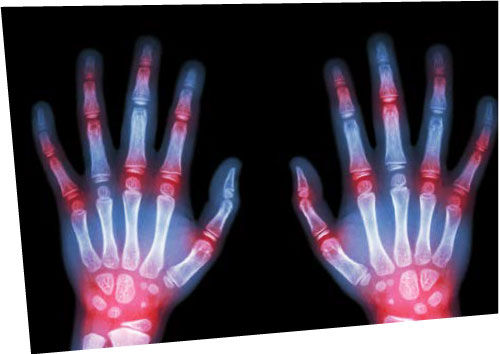
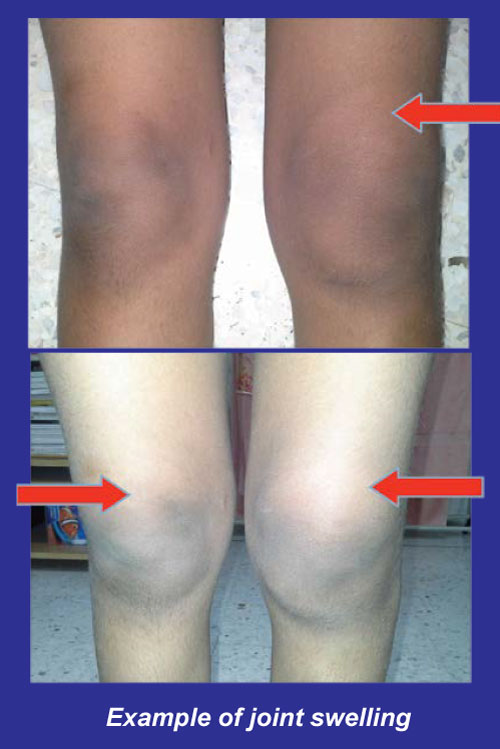


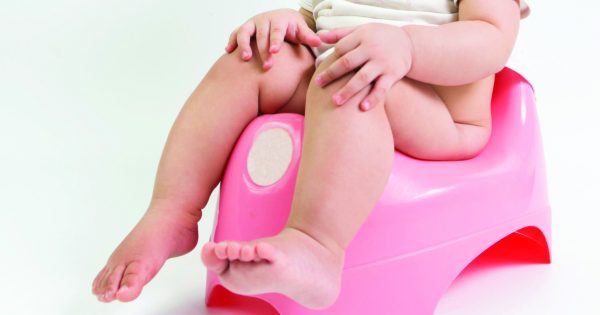
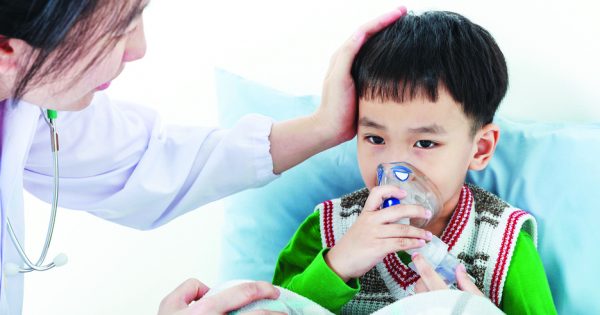
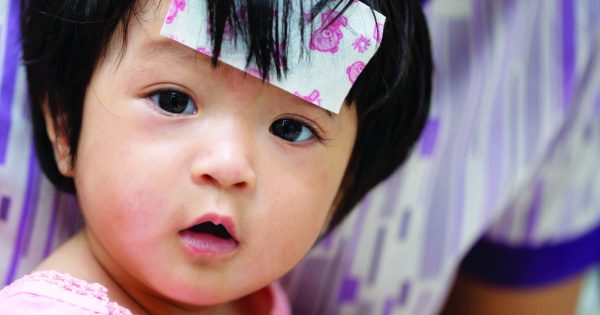
Comments